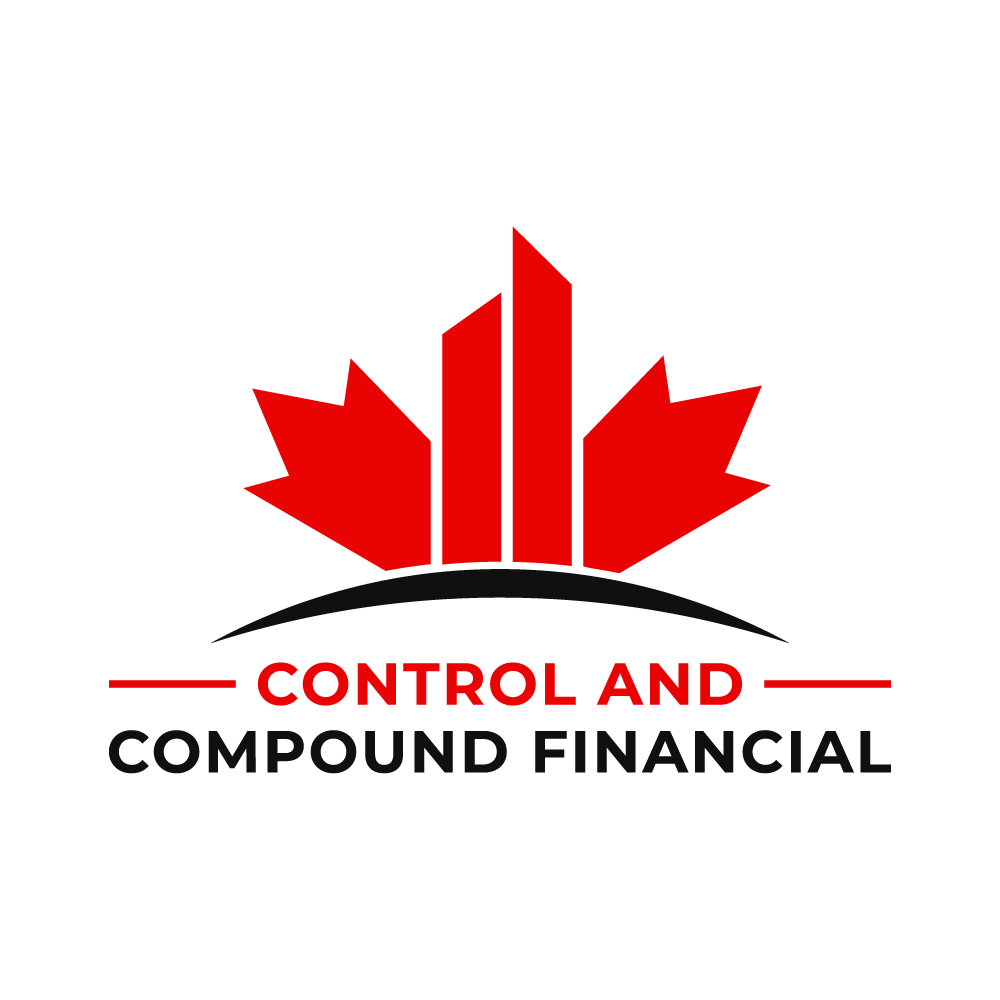Capital Dividend Account
Maximizing Tax-Free Wealth for Canadian Business Owners
Within the intricate framework of Canadian tax regulations, the Capital Dividend Account (CDA) emerges as a critical mechanism for private corporations, especially those under Canadian control, allowing them to issue tax-free dividends to their shareholders. Exploring the CDA's intricacies sheds light on its operational mechanics, unveils the tax planning benefits it harbors, and underscores the strategic considerations essential for enhancing tax efficiency.
Table of Contents:
What is the Capital Dividend Account?
The Capital Dividend Account is a notional account, a concept entrenched within the Income Tax Act, designed to track the tax-free surpluses accumulated by private corporations. These surpluses, primarily derived from the non-taxable portion of capital gains and life insurance proceeds, can be distributed as tax-free capital dividends to Canadian resident shareholders, thereby offering a mechanism to mitigate tax liabilities on specific types of income distributions.
Tax Implications and the Path to Benefits
Using the Capital Dividend Account can usher in significant tax advantages for corporations and their shareholders. By allocating specific amounts, such as eligible capital gains realized and life insurance proceeds, to the Capital Dividend Account, corporations can channel tax-free dividends to shareholders, effectively lightening the overall tax load. This strategy is particularly beneficial for small business owners seeking to maximize their financial efficacy within the regulatory framework set by the Canada Revenue Agency.
Qualifying for the Capital Dividend Account
Not all forms of corporate income qualify for credit to the Capital Dividend Account. It's crucial to discern which income types are eligible to ensure accurate maintenance of the Capital Dividend Account balance. Eligible amounts typically encompass capital dividends received from other corporations, along with specific capital gains from the disposal of eligible capital property, underlining the importance of understanding the tax regulations in detail.
Calculating the CDA Balance
The Capital Dividend Account balance reflects a cumulative account of various tax-free surpluses, requiring diligent credit and debit tracking over time. Credits to the Capital Dividend Account might include capital gains realized minus capital losses and life insurance proceeds, while debits may comprise capital dividends paid to shareholders. This meticulous accounting is essential for strategically deploying the Capital Dividend Account and enhancing the corporation's tax positioning.
Life Insurance as a Strategic Financial Tool within Corporate Finance
Life insurance policies emerge as a dual-purpose strategic asset in corporate finance, offering a safety net while serving as a vehicle for wealth accumulation and tax-efficient wealth transfer. The concept of Infinite Banking, where the cash value of a life insurance policy is leveraged for financial maneuvering, underscores the versatility of life insurance in corporate financial planning, allowing for a cycle of wealth growth unparalleled by traditional banking methods.
CDA vs. Other Investment Vehicles
When the Capital Dividend Account is positioned alongside other investment vehicles like TFSAs and RRSPs, its unique advantages come to the fore. Unlike TFSAs, which are capped by annual contribution limits and governed by specific eligibility criteria, the Capital Dividend Account offers a more expansive avenue for tax-free wealth distribution. Moreover, compared to RRSPs, which entail a tax deferral rather than exemption, the Capital Dividend Account stands out for its ability to deliver outright tax-free dividends, providing a clear edge for private corporations and their shareholders in the quest for tax efficiency.
Strategic Considerations and Regulatory Compliance
Incorporating the Capital Dividend Account into broader tax planning strategies demands a nuanced understanding of the regulatory landscape and the strategic timing of distributions to maximize tax benefits. Adherence to tax laws and meticulous tracking of eligible amounts credited to the Capital Dividend Account is paramount to ensure compliance and fully leverage the Capital Dividend Account's potential within the legal framework.
Embracing Advanced Financial Strategies
Integrating the Capital Dividend Account, life insurance as a strategic tool, and a thorough comparison with traditional investment vehicles like TFSAs and RRSPs illuminates a path to sophisticated wealth management for Canadian corporations. By engaging with these strategies, business owners can adeptly navigate the complexities of tax planning, ensuring the preservation and enhancement of their financial legacy. Consulting with tax professionals and financial advisors is recommended to tailor these strategies to individual corporate contexts, paving the way for informed and strategic financial decision-making.
MEET DARREN MITCHELL AND THE CONTROL AND COMPOUND TEAM
At Control and Compound Financial, we are the guiding hands for real estate investors and business owners throughout Canada, fostering wealth and prosperity. Our expertise lies in understanding the intricacies of real estate investment and business ownership. After all, we are business owners and real estate investors ourselves, immersed in these spheres daily.
Embark on a journey of Limitless Financial Potential by scheduling a conversation with the Control and Compound Team. Benefit from a Complimentary Education Session that serves as your stepping stone toward harnessing boundless financial horizons.

